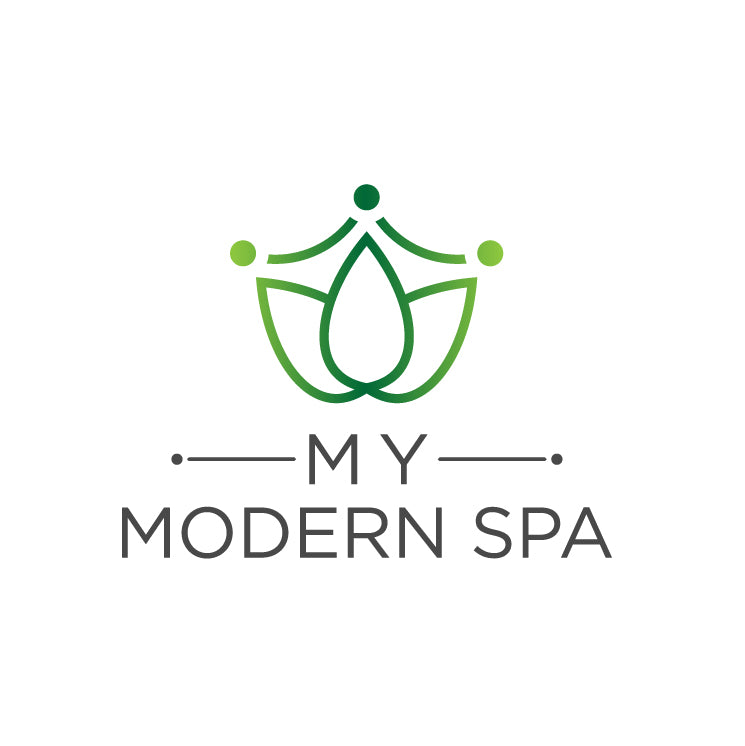Pimple scars can linger long after the blemish has healed, leaving behind reminders of past breakouts and affecting our confidence. While it's natural to feel frustrated by these scars, the good news is that there are several effective methods for minimizing their appearance and achieving smoother, clearer skin. In this comprehensive guide, we'll explore various techniques for removing pimple scars quickly, including the revolutionary procedure known as microneedling.
Before we delve into the solutions, it's essential to understand the different types of pimple scars and how they form. Pimple scars typically fall into two categories: atrophic scars and hypertrophic scars.
- Atrophic Scars: These scars result from a loss of tissue, commonly occurring in the form of depressed or pitted areas on the skin. Atrophic scars include ice pick scars, boxcar scars, and rolling scars, each characterized by its unique appearance.
- Hypertrophic Scars: Unlike atrophic scars, hypertrophic scars are raised and may appear as thick, raised bumps on the skin's surface. These scars develop when the body produces excess collagen during the healing process, leading to raised scar tissue.
Now that we understand the different types of pimple scars, let's explore effective strategies for reducing their visibility and achieving smoother, clearer skin.
Topical Treatments
Topical treatments are often the first line of defense against pimple scars, offering targeted ingredients to promote skin healing and regeneration. Look for skin care products containing ingredients such as:
- Retinoids: Retinoids, derived from vitamin A, are known for their ability to stimulate collagen production and promote cell turnover, helping to fade pimple scars over time.
- Vitamin C: Vitamin C is a potent antioxidant that can help brighten the skin. It can also help reduce the appearance of hyperpigmentation caused by pimple scars.
- Alpha Hydroxy Acids (AHAs) and Beta Hydroxy Acids (BHAs): AHAs and BHAs exfoliate the skin, removing dead skin cells and promoting cell turnover, which can help improve the texture and appearance of pimple scars.
Consistent use of these topical treatments can gradually fade pimple scars and improve overall skin texture.
Chemical Peels
Chemical peels are another effective option for treating pimple scars, particularly atrophic scars. During a chemical peel, a solution containing exfoliating acids is applied to the skin, causing the outermost layer to peel away. This process stimulates cell turnover and collagen production, leading to smoother, more even-toned skin.
Chemical peels can vary in intensity, from superficial peels that require little downtime to deeper peels that may result in several days of redness and peeling. It's essential to consult with a dermatologist or skincare professional to determine the most suitable peel for your skin type and scar severity.
Microneedling
Microneedling, also known as collagen induction therapy, has gained popularity as a highly effective treatment for pimple scars. This minimally invasive procedure involves the use of a device equipped with fine needles that create controlled micro-injuries in the skin's surface.
As the skin heals from these micro-injuries, collagen production is stimulated, leading to smoother, firmer skin and a reduction in the appearance of pimple scars. Microneedling can also enhance the absorption of topical treatments, allowing for better penetration of active ingredients into the skin.
Laser Therapy
Laser therapy is a powerful option for treating both atrophic and hypertrophic pimple scars. Various types of lasers, including fractional laser resurfacing and pulsed dye lasers, can target specific layers of the skin to stimulate collagen production, fade pigmentation, and improve overall skin texture.
Laser therapy is typically performed in a series of treatments spaced several weeks apart, with noticeable improvements seen over time. It's essential to undergo laser therapy under the supervision of a qualified dermatologist or laser specialist to ensure safety and optimal results.
Dermal Fillers
For atrophic pimple scars, dermal fillers can provide an effective solution by filling in depressions and restoring volume to the skin. Hyaluronic acid fillers are commonly used for this purpose, as they can plump up the skin and smooth out the appearance of scars with minimal downtime.
Dermal filler injections are performed in-office and offer immediate results that can last for several months to a year, depending on the specific filler used. While dermal fillers provide temporary improvement, they can be a valuable option for those seeking quick and noticeable results.
What is the Fastest Way to Remove Pimple Scars?
Pimple scars may seem like a persistent problem, but with the right approach, they can be effectively minimized or even eliminated. From topical treatments and chemical peels to advanced procedures like microneedling and laser therapy, there are numerous options available to achieve smoother, clearer skin.
Among these options, microneedling stands out as a revolutionary treatment that stimulates natural collagen production and offers significant improvements in skin texture and tone.

